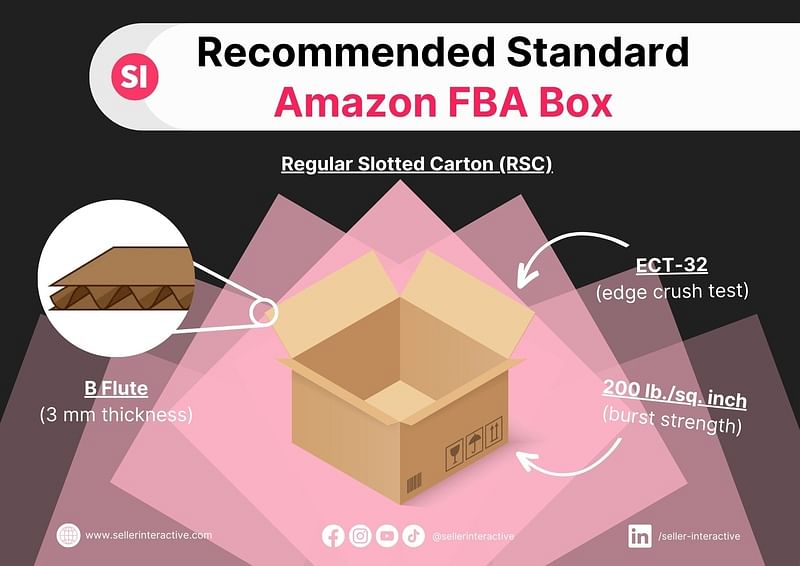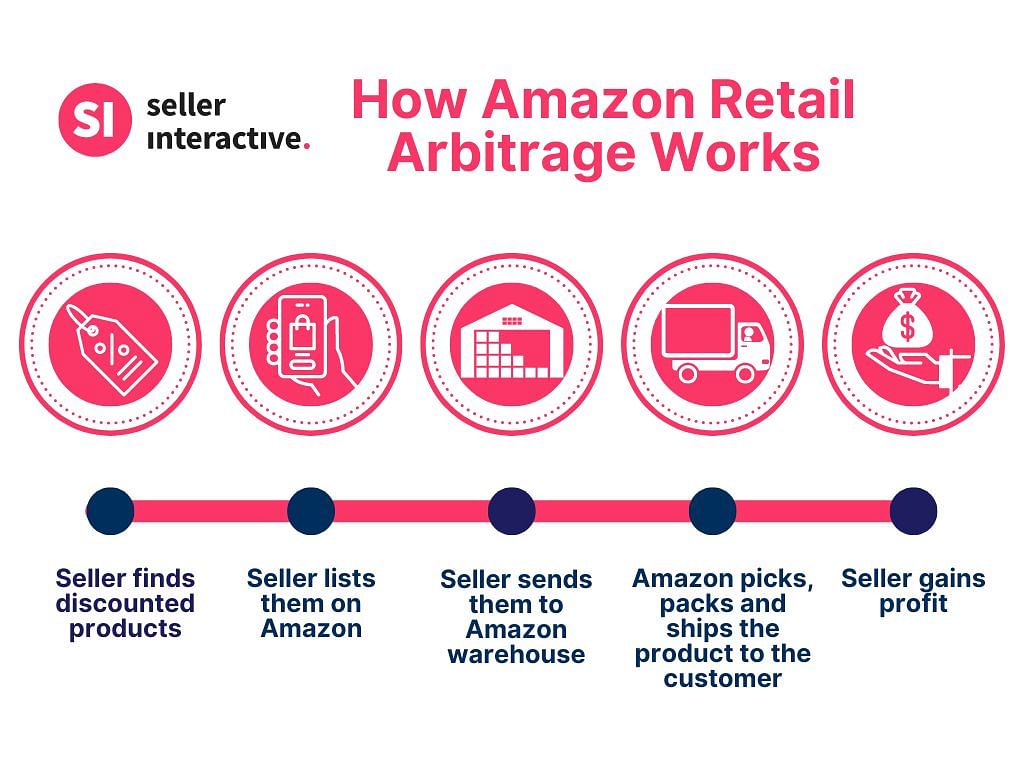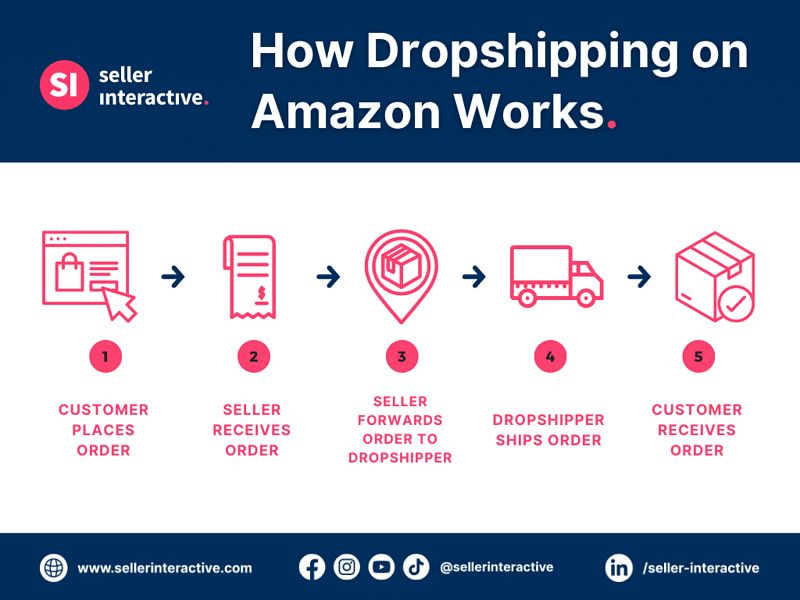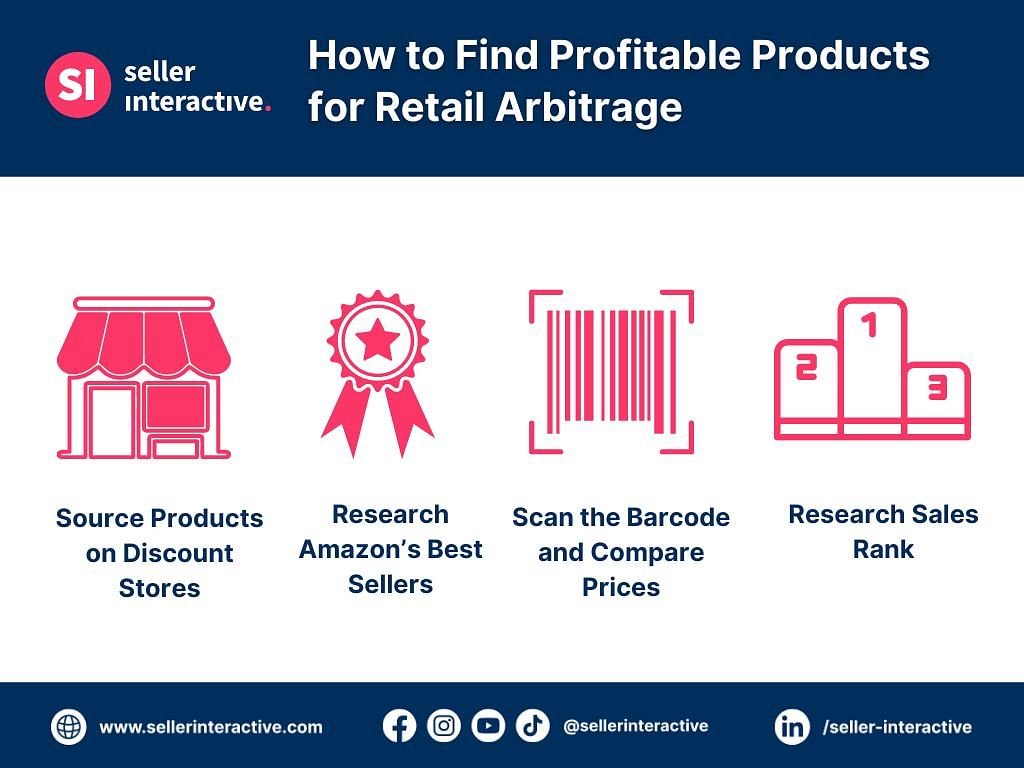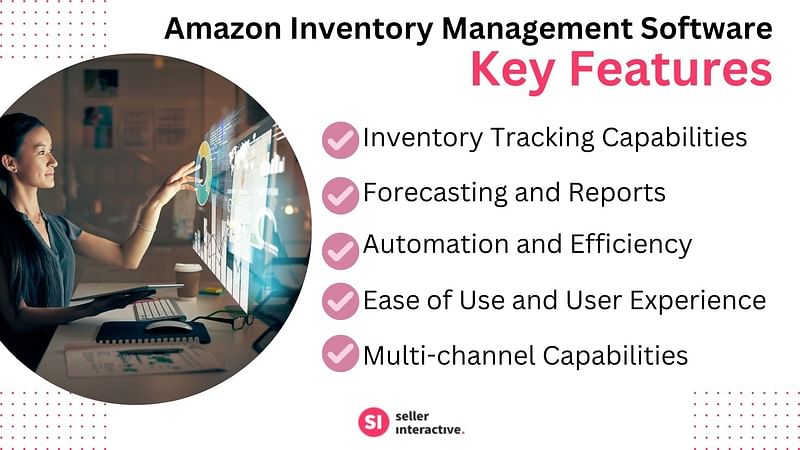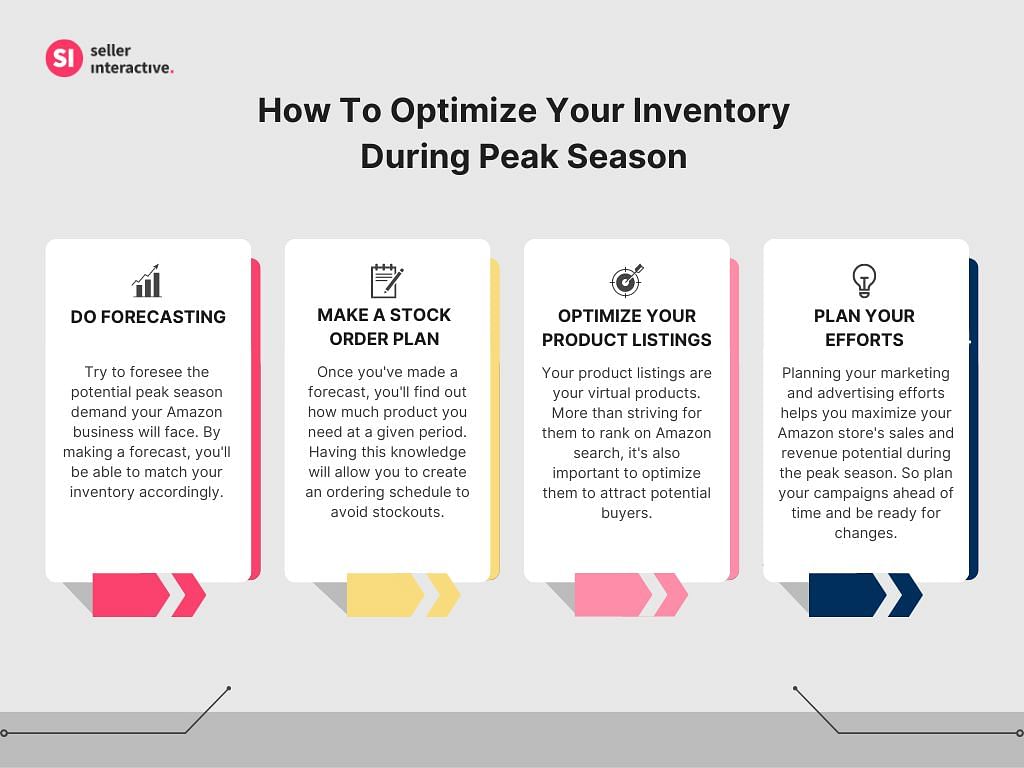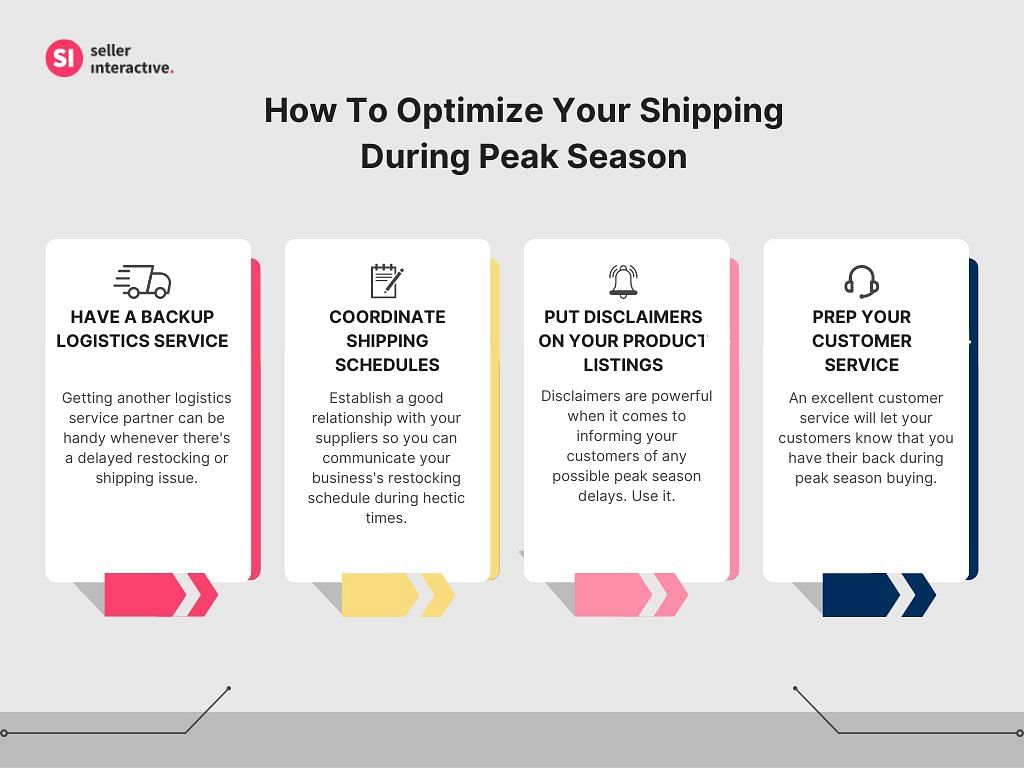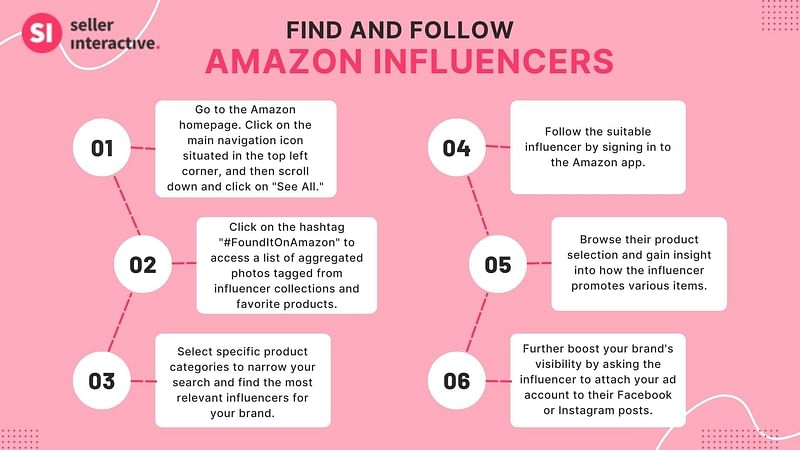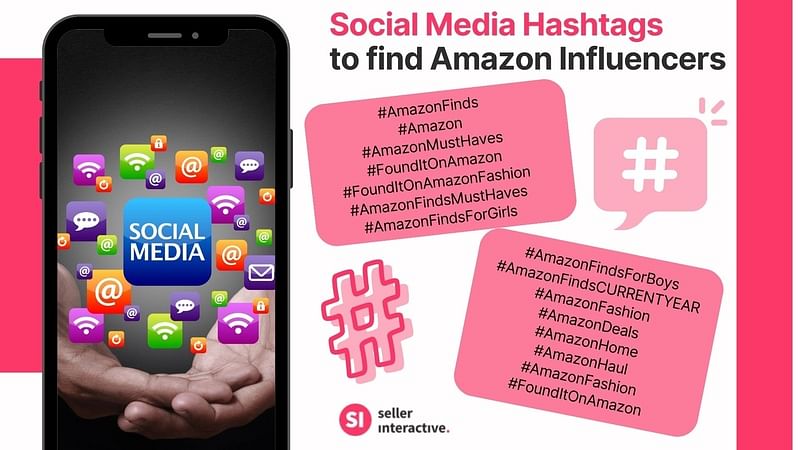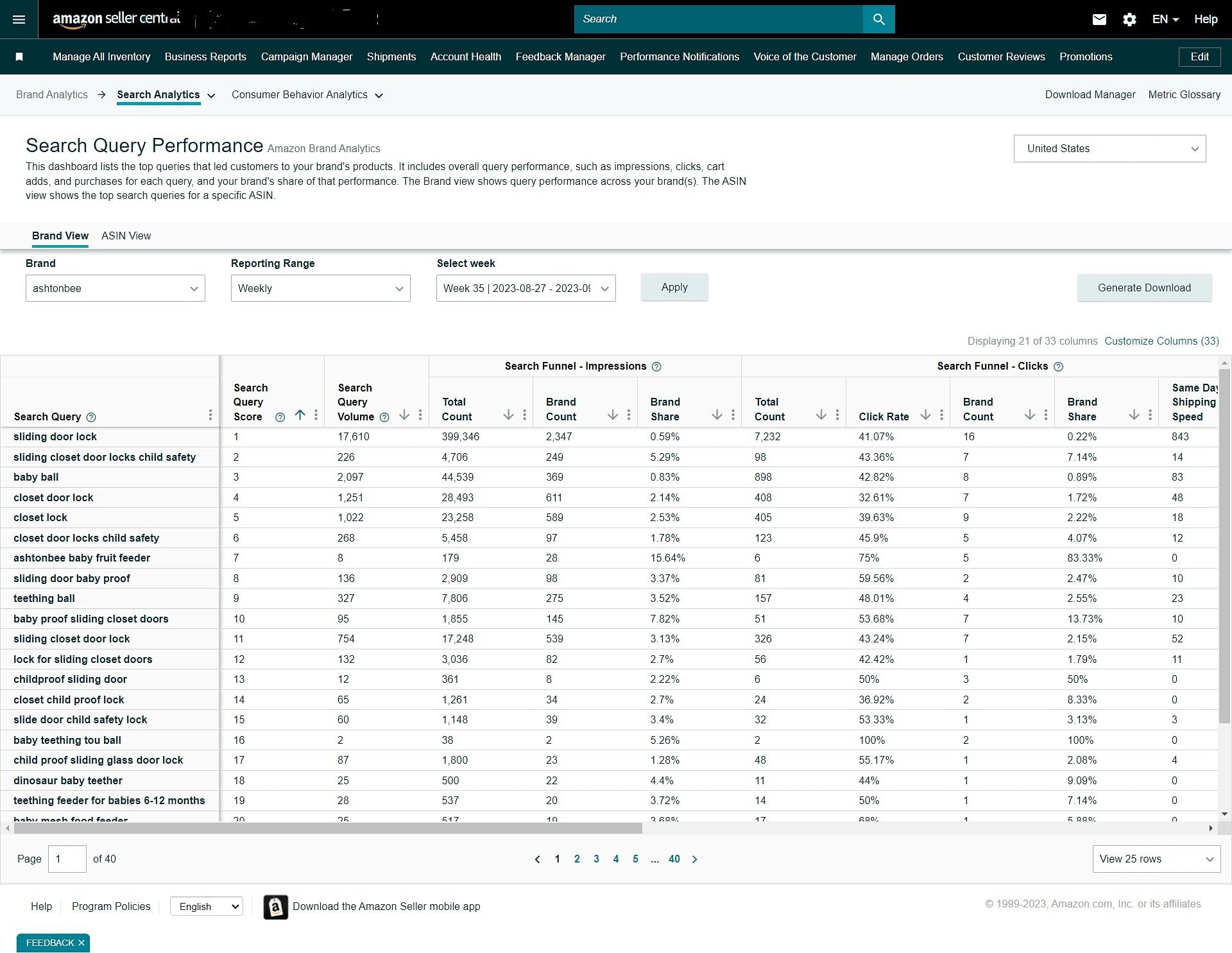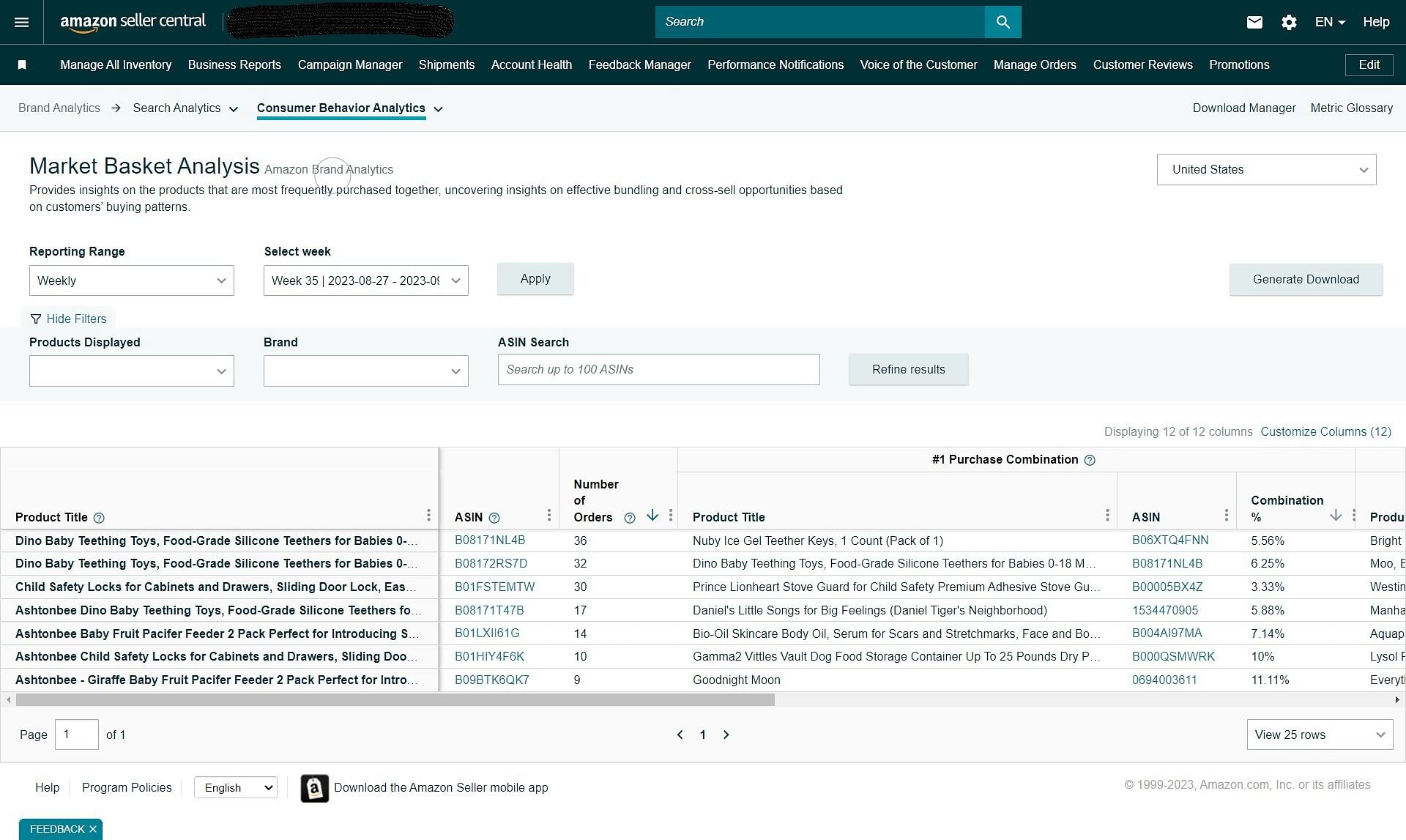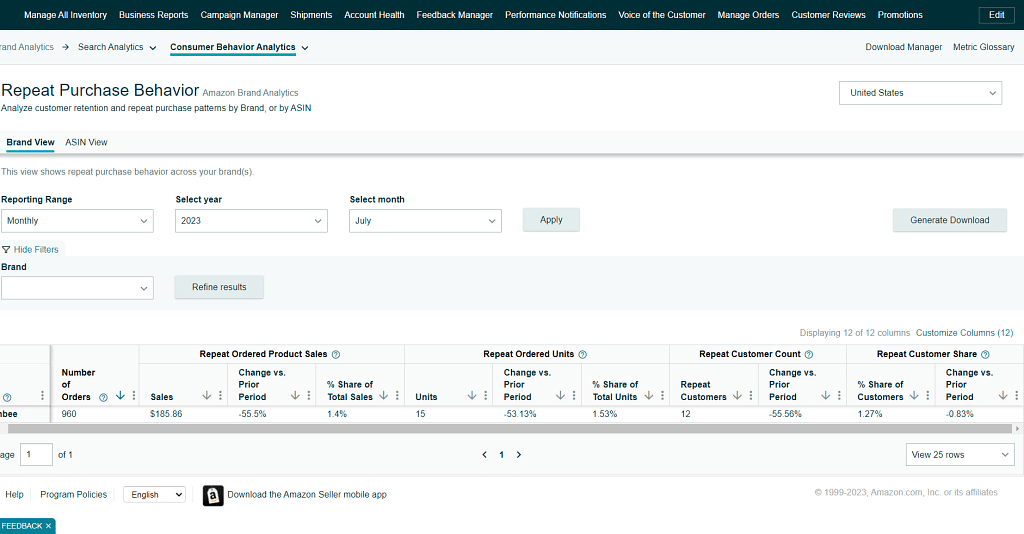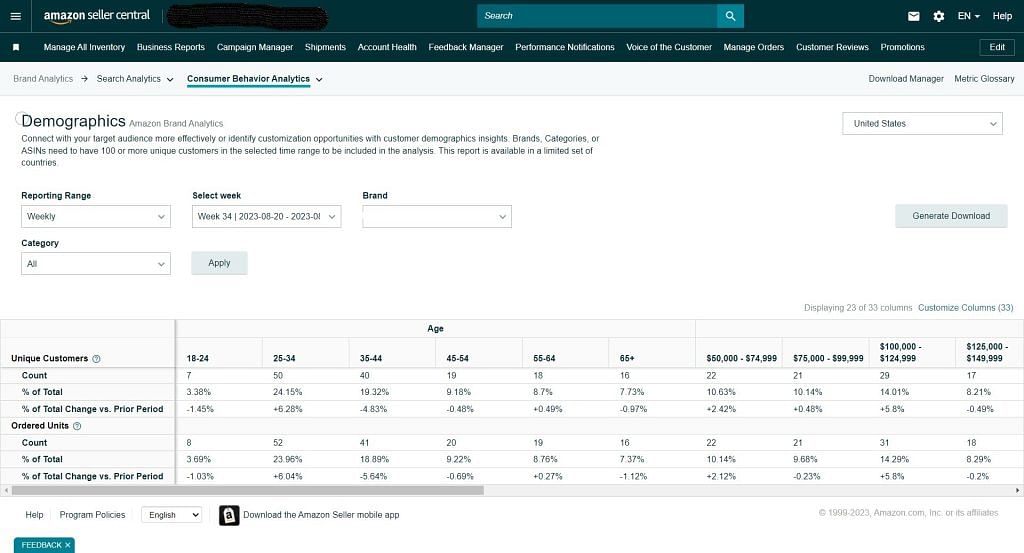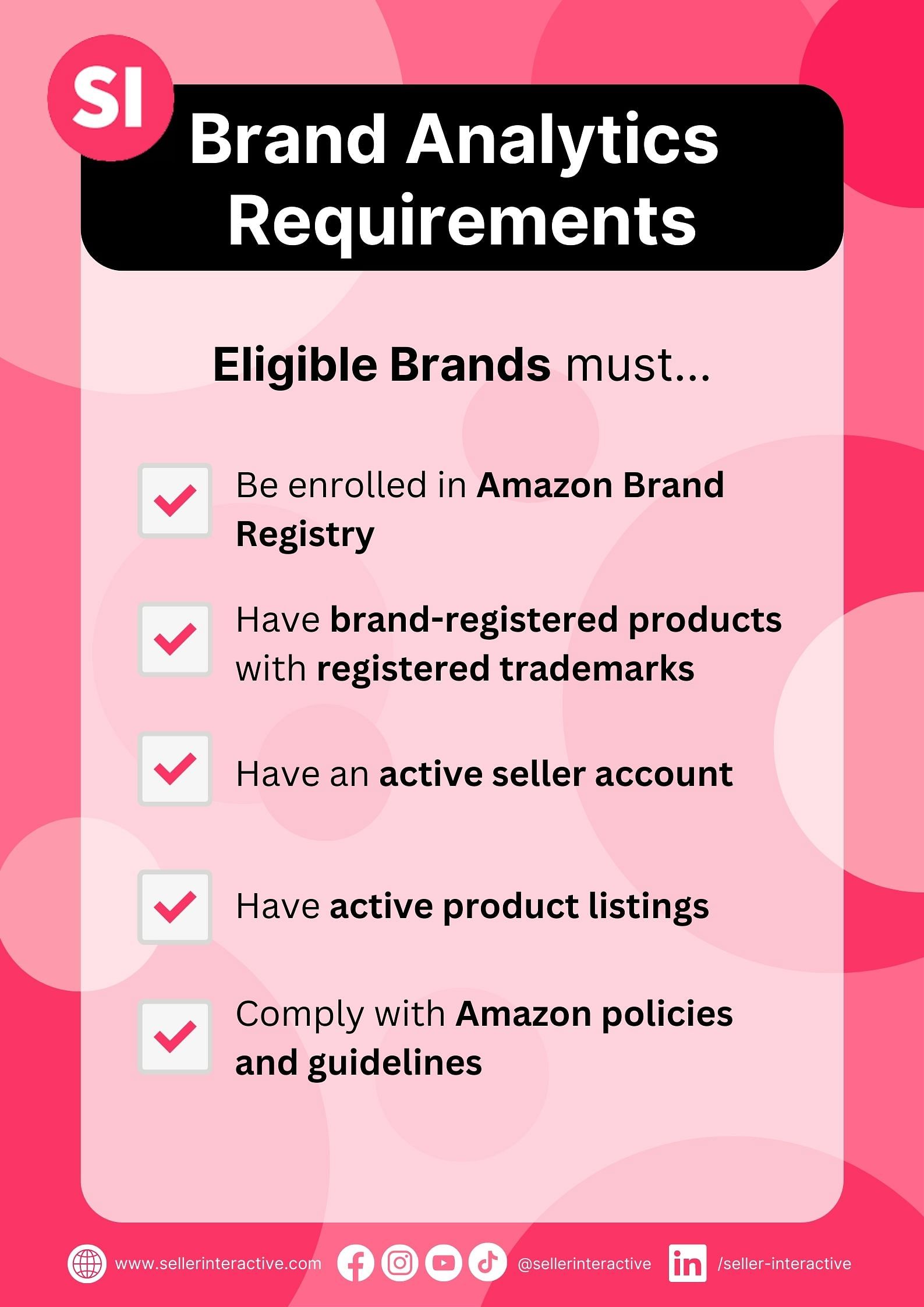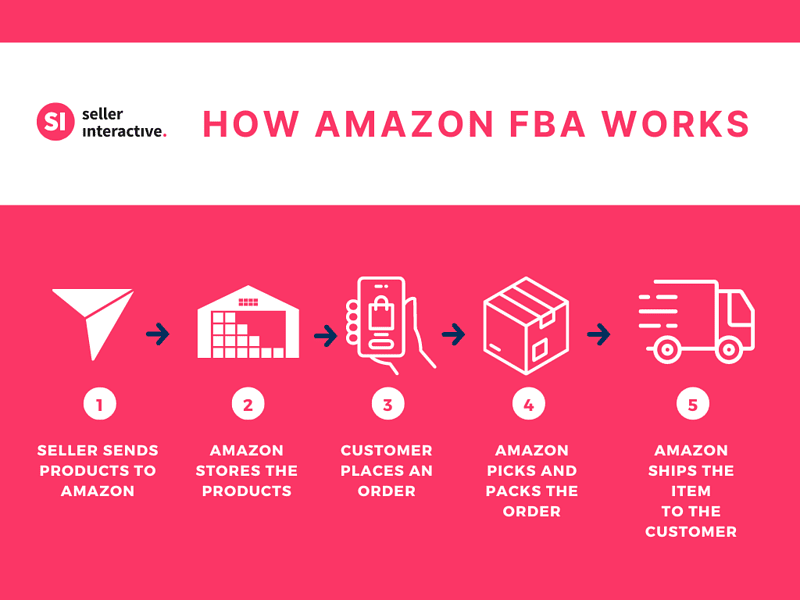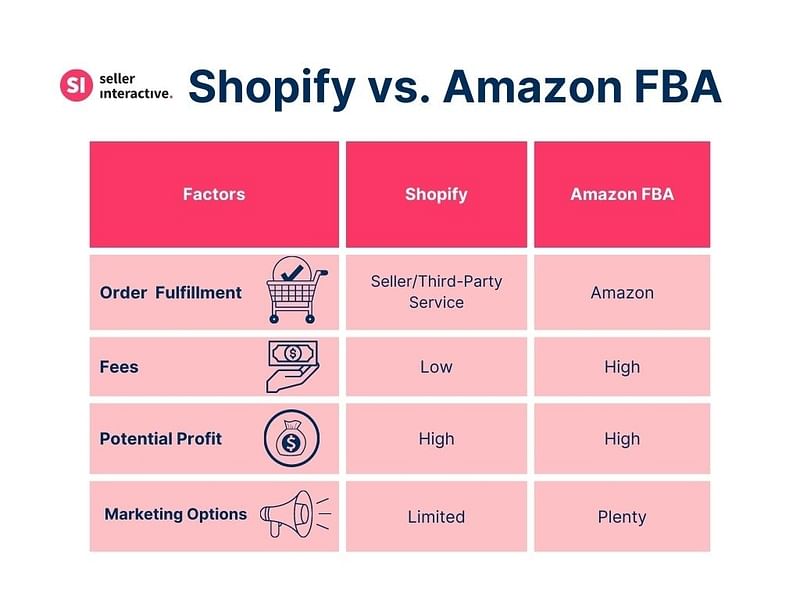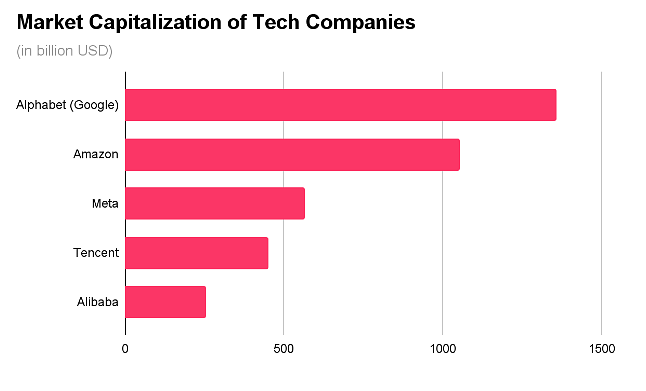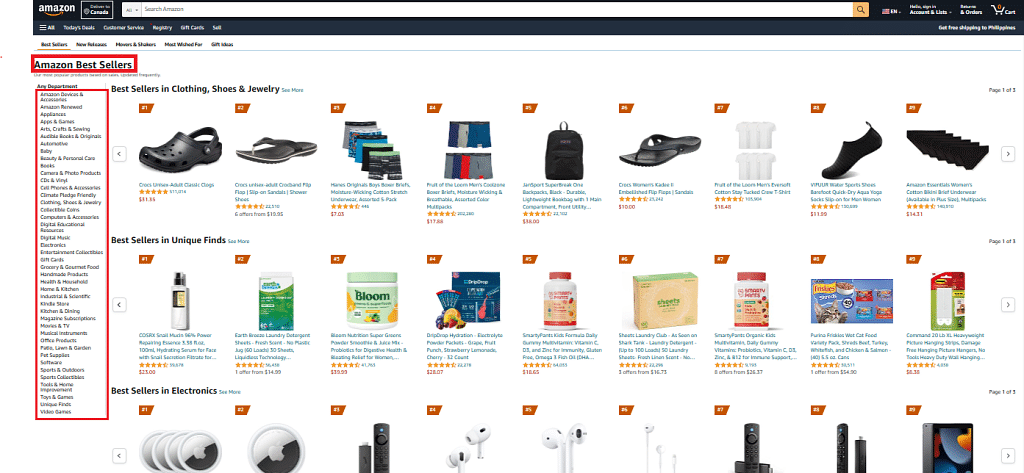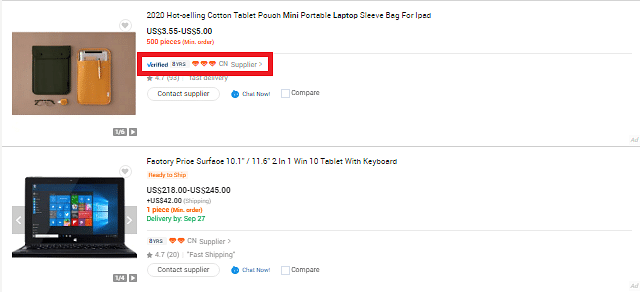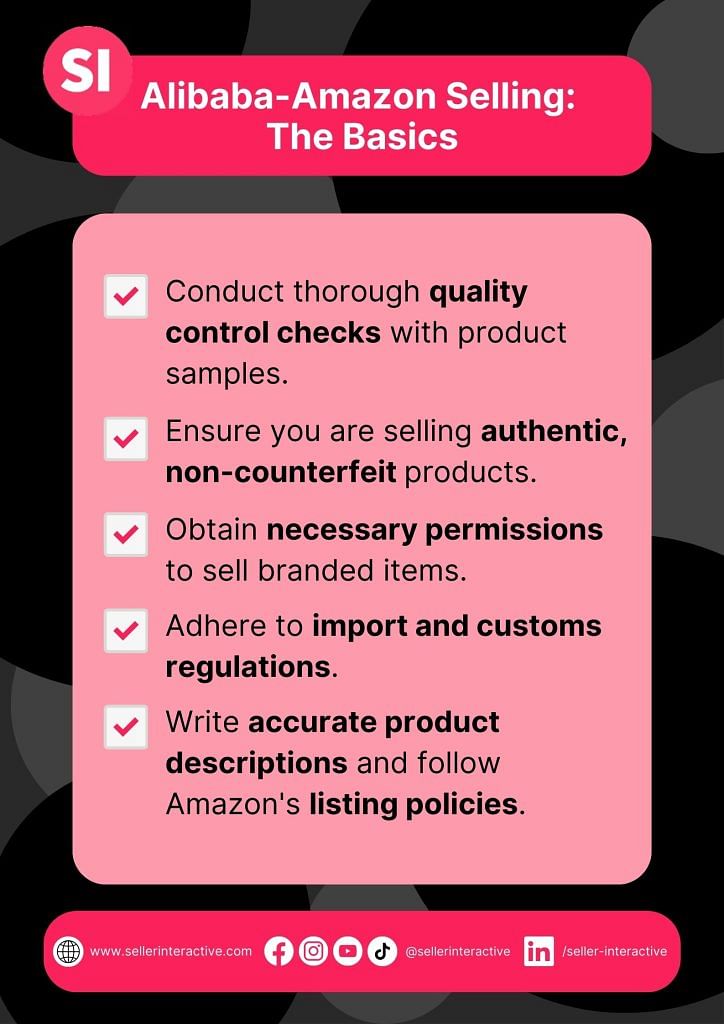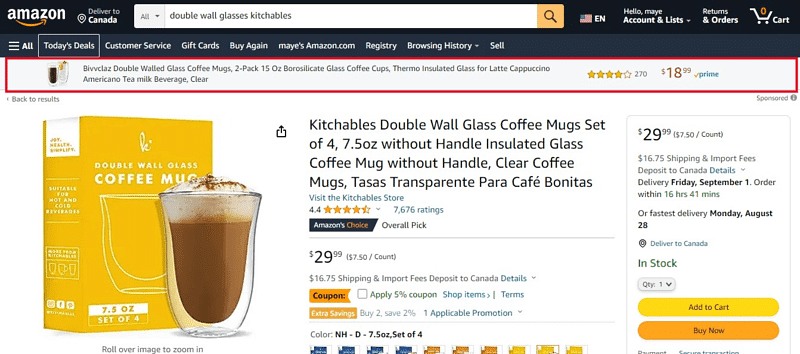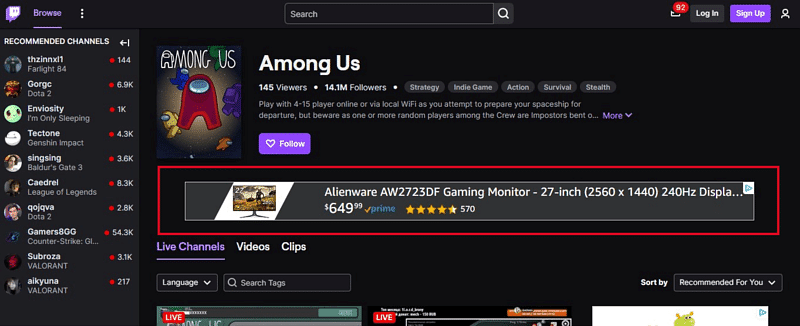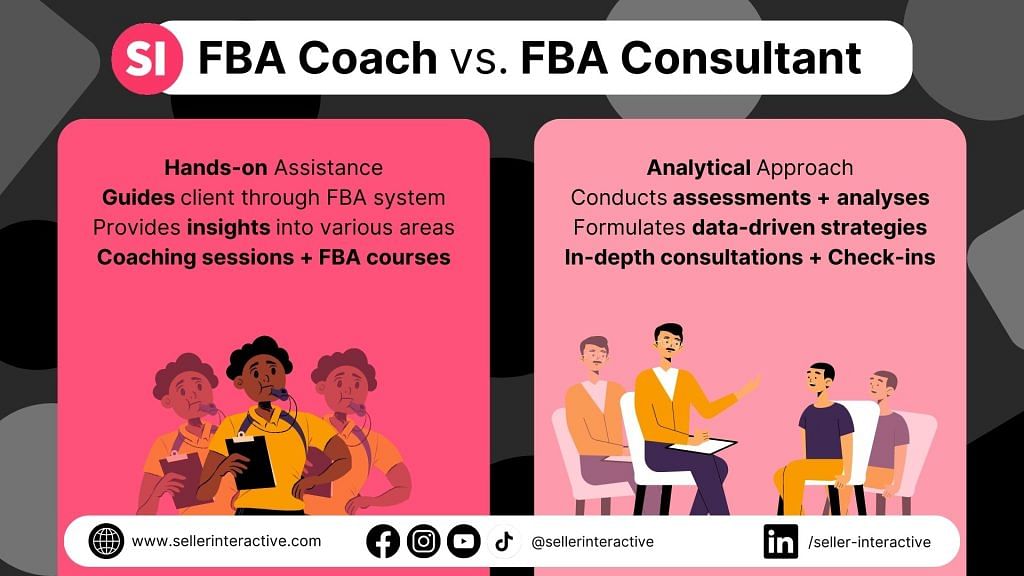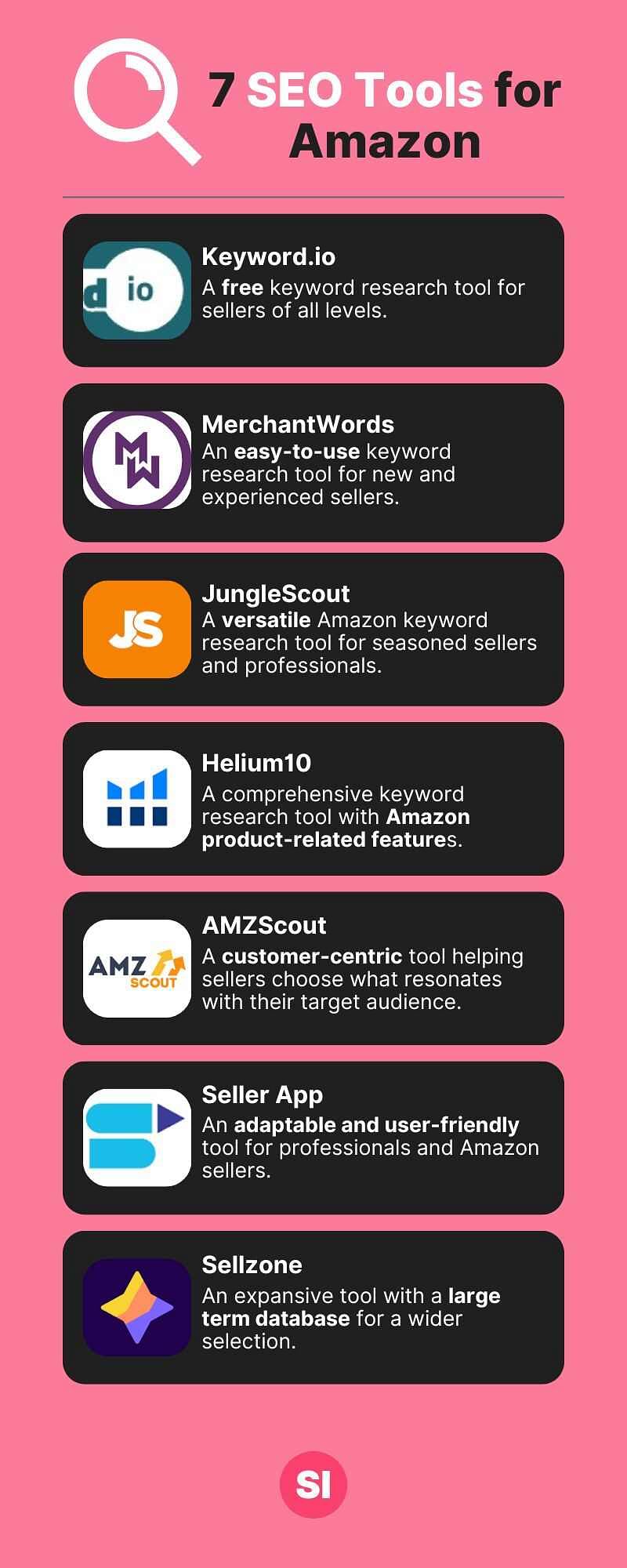For FBA sellers, the Buy Box is the Holy Grail. It is their golden ticket to securing their position and dominating the cutthroat marketplace. But what if you could eliminate the competition and own a Buy Box yourself? This isn’t just a dream; it’s achievable through Amazon FBA Private Label.
If you’re tired of sharing the Buy Box and watching your profits dilute, read on. Learn how selling private label products on Amazon works and why it could be the competitive edge your business needs.
What Is the Buy Box on Amazon?
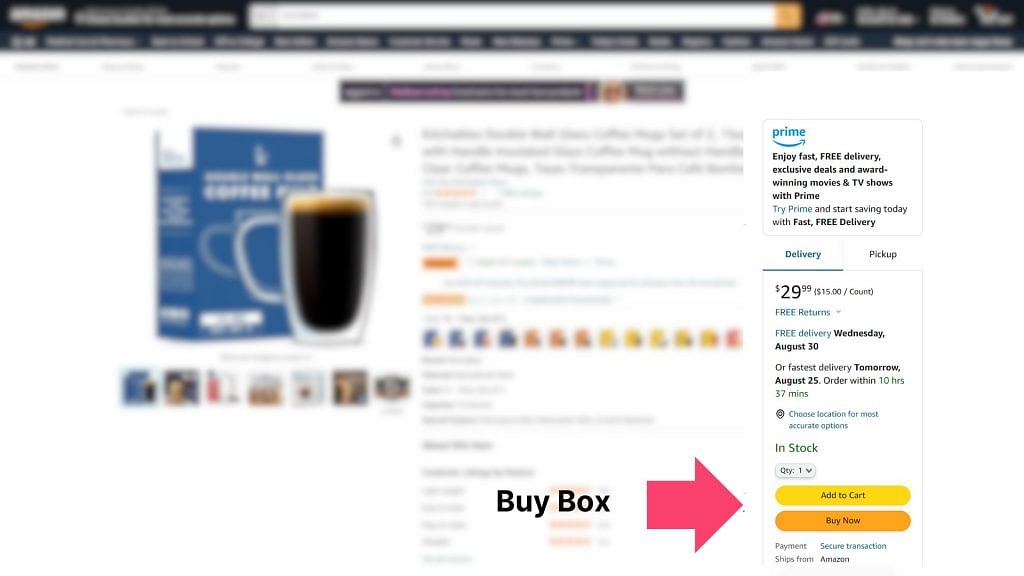
If one thing can help you in the Amazon FBA, it’s winning the Buy Box. But what precisely is it?
The Buy Box refers to a specific section on the right-hand side of a product's information page. It's where customers can click the "Add to Cart" or "Buy Now" buttons to finalize their purchase. It may seem like a simple feature, but its influence on your sales performance is monumental.
When you own this space, you become the default choice for shoppers who don't have a particular seller in mind. It’s a long-term asset that can contribute to your brand's growth and sustainability on Amazon.
Unfortunately, you’re not the only one who aims for this coveted spot. Every seller on the platform does, from greenhorns to seasoned veterans. So, how can you outshine the FBA race? The answer: sell private label products.
What Is Amazon FBA Private Label?
Merging FBA with private labeling establishes an Amazon FBA private label business model. This enables brand creation and production control (development, branding, etc.) while working closely with manufacturers and suppliers.
How Private Labeling Contributes To an Uncontested Buy Box
Private labeling is more than a sales channel. Here, you create a brand people trust and return to. The benefits are numerous, and they also go well beyond simple buy-and-sell dynamics. There is no reason not to maximize this lucrative model.
Given the significance of Buy Box, private labeling offers unique advantages that are hard to ignore. Here’s how.
| Brand Exclusivity | With private labeling, you're the sole seller of your branded product. That means no competition; winning and protecting that prime spot will be easier. |
| Brand Control | You get to design the packaging, choose the product features, and even control the narrative around your brand. |
| Enhanced Brand Content | You’re under the Amazon Brand Registry program, which has enhanced brand content features. Better listings can lead to higher conversion rates—another factor in securing the Buy Box. |
| Pricing Autonomy | You can adjust the private label product’s price based on market factors without being undercut by other sellers. |
| Good Seller Metrics | Private label products often have fewer customer complaints and returns, leading to better seller metrics and a higher chance of winning the Buy Box. |
Selling your own private label product does more than just put you in a strong position to win the Buy Box. It removes direct competition for the sought-after spot. You’re also setting the standard in your product category.
How To Start a Private Label on Amazon
The private label business model presents Amazon FBA sellers with a unique blend of control and scalability. Assuming you’ve decided to follow the private label selling venture, how do you kickstart it?
Here's a quick 4-step guide below so you don't miss any crucial process details.
1. Conduct Market Research
With market research, you can identify high-demand Amazon private label products with low competition. But how will you gain from it?
- Use Amazon Best-Seller Ranks to know what products are currently popular. Complement the data by reading customer reviews on related products. From there, you can get insights into consumer needs and market gaps.
- Use MerchantWords or Helium 10. With keyword research, you can find high-volume, low-competition keywords online customers use to search for products.
Combining these research methods allows you to zero in on niche markets where your product can truly thrive.
2. Source Products
Build your Amazon private label brand through the right suppliers. Alibaba and Global Sources are great starting points for finding reliable manufacturers.
Always ask for product samples and check their quality before placing large orders. Don’t forget to talk to the suppliers about your packaging needs, including your brand logo and any necessary customizations.
By thoroughly selecting and communicating with suppliers, you can have a product that meets quality expectations and embodies the brand's vision and values.
3. Create Your Brand Identity
A strong brand persona and loyal client base are important for long-term success. This is where a unique brand logo and name can help you build brand identity and gain credibility among consumers.
In this case, collaborating with a skilled graphic designer can be a strategic move. They can transform your brand’s vision into a polished logo with cohesive branding elements. It’s not only about elevating your brand’s aesthetic but also about cultivating connections with the viewers.
3. Maintain Profitability Through Effective Pricing Strategies
Implement strategic pricing for your own private label products. Set your product's price slightly lower than your competitors' average sales price initially to capture market share. Then, gradually raise the price as you gain more visibility.
4. Enhance Your Product Pages
Optimize your pages with relevant keywords, insightful descriptions, and high-quality media. Resolve any customer service issues that may arise, as positive customer feedback can affect your product rankings and brand recognition.
How To Protect Your Branded Product (To Avoid Losing the Buy Box)
Getting the Amazon Buy Box is a big win, but keeping that position requires ongoing vigilance. As a private label seller, how can you ensure your brand stays in that prime spot without competition?
- Maintain High Seller Ratings: Amazon considers seller performance when allocating the Buy Box. It’s your job to provide excellent online service to maintain high ratings.
- Inventory Management: Low stocks can result in losing the Buy Box. Use inventory management tools to avoid insufficient stocks.
- Monitor Competitors: Keep an eye on other sellers selling similar or counterfeit products. Report any violations to Amazon immediately.
- Legal Measures: For added protection, trademark your brand and products. This gives you legal grounds to act against counterfeiters.
- Quality Product: Deliver high-quality products to avoid returns and negative reviews, which can impact your Buy Box eligibility.
Examples of Successful Private Labels
“Develop a passion for learning. If you do, you will never cease to grow.” — Anthony J. D’Angelo
This quote couldn’t be more relevant in the context of FBA private label selling. The best way to grow and succeed in this marketplace is to learn from those who have already made their mark.
What can we glean from successful private labels? What strategies have they employed?
Owning Seasonal Products
Take, for example, a private label specializing in upscale Valentine's Day gifts. With a seasonal niche, you can tap into a market that appreciates premium packaging, high-quality items, and unique gift choices. In turn, you can handle a specific market segment during peak seasons.
Focusing on a Customer-Centric Approach
Another hallmark of a successful private label is a strong focus on customer feedback. By listening to what customers say and improving products accordingly, they establish a platform for positive reviews and word-of-mouth referrals.
Sustainability Focus
Brands that emphasize eco-friendly or sustainable practices attract a dedicated following. Such responsibility can be a unique selling proposition that leaves a lasting imprint.
Studying these examples and incorporating strategies can help you build a more resilient and profitable private label business.
Ways to Grow Your Amazon FBA Private Label Business
Identifying a niche and fulfilling a need is only half the job; consistently applying optimization strategies and keeping up with market trends will guarantee your private label's ongoing growth.
Check out these tips below:
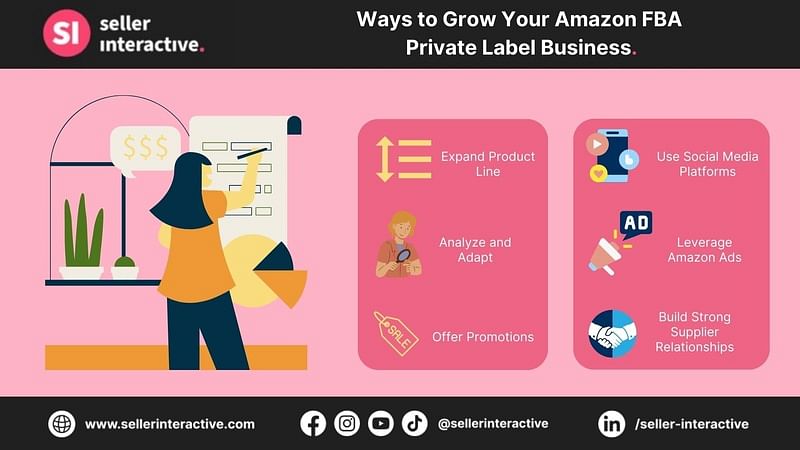
- Expand Product Line: Once you have a successful product, introduce complementary goods or variations to capture a larger market share.
- Utilize Social Media Platforms: Engage with online users and create brand advocates.
- Analyze and Adapt: Use Amazon analytics tools to track sales, returns, and customer behavior. This data can help you decide pricing, inventory, and marketing strategies.
- Leverage Amazon Ads: Running sponsored product ads can instantly show your brand to the target audience and drive sales. It’s another competitive benefit that could lead to winning the much-desired uncontested Buy Box.
- Offer Promotions: Periodic discounts, bundled deals, or loyalty programs can hook new customers and retain existing ones.
- Build Strong Supplier Relationships: A good relationship with your suppliers can result in better prices and quicker resolution of any issues.
Learn Private Labeling the Easy Way With Seller Interactive
Challenges are inevitable in all kinds of businesses, including private labels. One primary hurdle is the expenses. Bulk orders, shipping costs, packaging, labeling—each requires substantial capital to get started and a financial cushion to sustain the business.
Quality and safety are also at risk. Although you’re not the manufacturer, the end customer associates the product quality directly with your brand. If they receive a subpar product, your brand reputation takes the hit, not the manufacturer's.
Building an Amazon private label business doesn’t happen overnight. From understanding market dynamics to optimizing listings, every step demands meticulous attention. But don’t let anything stop you from pursuing this profitable landscape. Seller Interactive is here to help!
We don't simply help businesses survive the competition; we equip them to dominate it. Enhanced brand content? Brand protection? Our full account management experts can help you explore and excel in this environment.
Survival isn't our goal; your success is. Book a call now!

